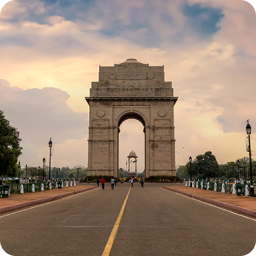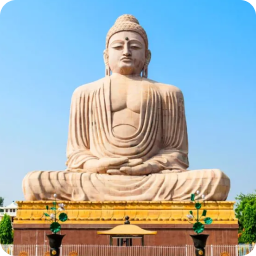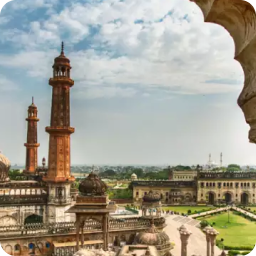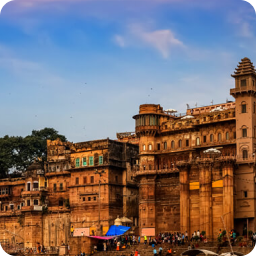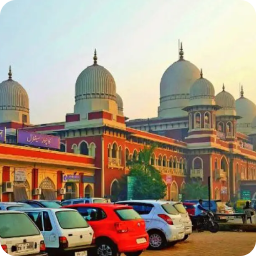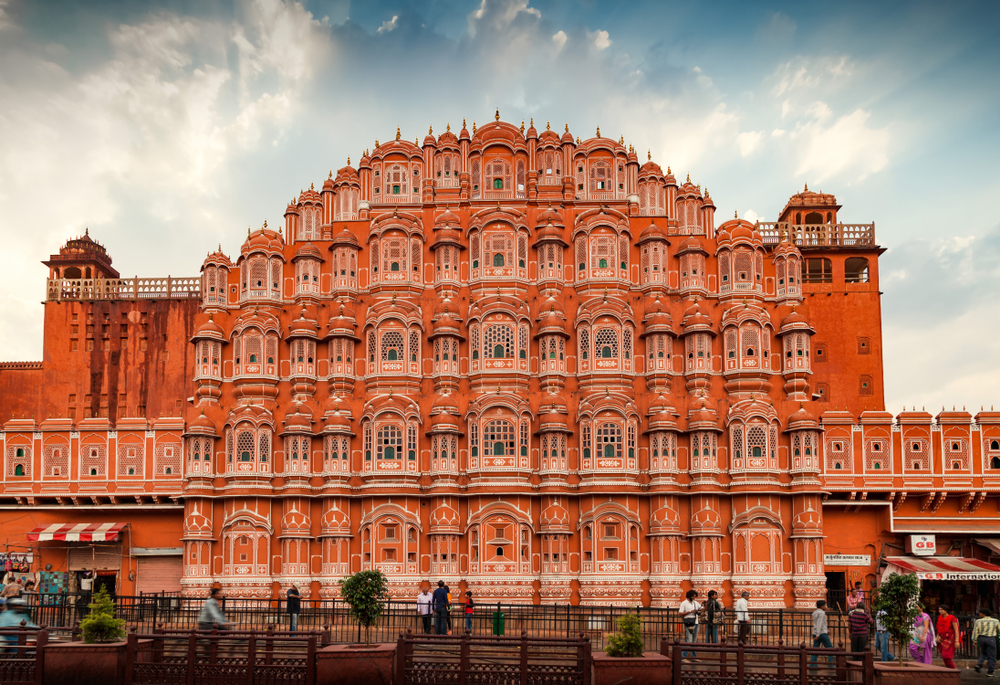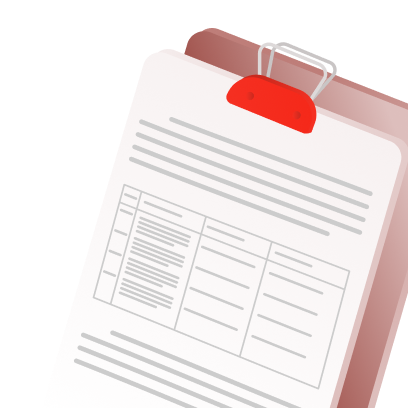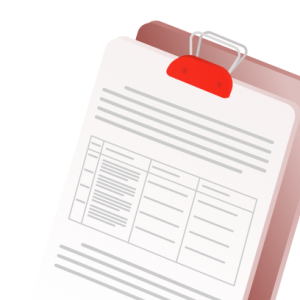|
Pressure Groups in Indian Politics: Dynamics, Challenges and Impact |
To prepare for GOVERNANCE for any competitive exam, aspirants have to know about Pressure Group. It gives an idea of all the important topics for the IAS Exam and the Governance syllabus (GS-II.). Pressure Group terms are important from Governance perspectives in the UPSC exam. IAS aspirants should thoroughly understand their meaning and application, as questions can be asked from this static portion of the IAS Syllabus in both the UPSC Prelims and the UPSC Mains exams. Even these topics are also highly linked with current affairs. Almost every question asked from them is related to current events. So, apart from standard textbooks, you should rely on newspapers and news analyses as well for these sections.
Pressure Groups: Catalysts of Change in Public Policy and Governance:
- The term ‘pressure group’ originated in the USA. A pressure group is a group of people who are organised actively for promoting and defending their common interest.
- It is called so as it attempts to bring a change in the public policy by exerting pressure on the government.
- It acts as a liaison between the government and its members. Pressure groups are also called interest groups or vested groups.
Role of Pressure Groups in Indian Governance
- Enhances and broadens political participation
- Acts as safety valve and vent for grievances
- Ensures checks and balances
- Spreads awareness – Information – Education – Communication (IEC)
- Empowerment and deepening of the democratic principles
- Ensures accountability of government
- Helps in policy formulation, legislative functioning and policy implementation.
- Acts as feedback mechanism for government
- Ensures participatory democracy – inclusive growth
- Pressure groups enhances quality of governance – Debate – Discussion – Deliberation – Dissention (4Ds)
- They serve as a vital intermediary institutions between government and society
Reasons For Proliferation Of Pressure Groups In India: Political, Social and Global Dynamics
- Vote bank politics
- Criminalisation of politics
- Indifferent attitude of government and political parties towards marginalised sections of society
- Poor criminal justice system – No quick justice and delayed justice
- Rising influence of non-state actors
- Poor public service delivery
- Ineffective and efficient grievance redressal mechanism.
- Failure of parliamentary democracy
- Globalisation – Amnesty and Greenpeace
- Vested interests in favourable policy formulation
Three Important Tools Of Pressure Groups in Indian Governance:
| Electioneering | Lobbying | Propagandizing |
| Placing in public office persons who are favourably disposed towards the interests the concerned pressure group seeks to promote.
|
Persuading public officers, whether they are initially favourably disposed toward them or not, to adopt and enforce the policies that they think will prove most beneficial to their interests. | Influencing public opinion and thereby gaining an indirect influence over government, since the government in a democracy is substantially affected by public opinion. |
Pressure Groups and Political Parties in India
- Concerned with specific programmes and issues
- Their activities are confined to the protection and promotion of the interests of their members
- Pressure groups neither contest elections nor try to capture political power
- They are outside the government
- Neither accountability nor transparency
- Temporary in nature and formation
- Interest based formation and composition
- Uniform ideology – common interest – common causes
Characteristics and Evolution of Pressure Groups in Indian Politics
- Based on Certain Interests – organises itself keeping in view certain interests and thus tries to adopt the structure of power in the political systems.
- Use of combination of Modern and Traditional Means – Modern means includes adoption of techniques like financing of political parties, sponsoring their close candidates at the time of elections and keeping the bureaucracy also satisfied. Their traditional means include exploitation of caste, creed and religious feelings to promote their interests.
- Pressure groups are primarily a consequence of inadequacies of Political Parties
- Represent Changing Consciousness in society
- Pressure groups result from increasing pressure and demands on resources – Scarcity of resources, claims and counterclaims on the resources from different and competing sections of the society.
Methods and Strategies of Pressure Groups in India:
Modus Operandi
- Public debating
- Publicity
- Maintaining contacts
- Petitioning
- Electioneering
- Correspondence
- Tabbing
- Propagandizing
Salient Features of Pressure Groups in India:
- In India pressure groups though comparatively of recent origin have so organised themselves that they neither openly support nor oppose any political party. Each such group tries to thrive on the support of some political party or power. These have a sort of fear psychology.
- They always try to remain neutral in politics. In fact, in India political parties try to have pressure groups with them and wish to win their cooperation.
- The bigger the political party, the more it shall be able to absorb and adjust pressure groups. In a weak political system pressure groups try to become equal partners with political bosses.
- Pressure groups in India are required to work in a multi-party system and thus they are forced to keep shifting their loyalties. They do not work independently but each one functions under the patronage of some political party.
- These pressure groups are forced to pay consideration to region, religion and caste rather than ideology and national integrity and even political honesty.
- They feel interested in creating a situation of disorder and lawlessness for having group advantage out of political instability.
- They use both modern and old techniques of putting pressures on the powers that be and thus they do not adhere to anyone’s method. No group has political commitment and thus many groups become anomic organisations.
Varied Types of Pressure Groups in India
| Institutional Interest Groups |
|
| Associational Interest Groups |
|
| Non-Associational Interest Groups |
|
| Anomic Interest Groups |
|
First Trade Union in India – All India Trade Union Congress (AITUC) was founded in 1920 with Lala Lajpat Rai as its first president. Upto 1945, Congressmen, Socialists and Communists worked in the AITUC which was the central trade union organisation of workers of India.
Dynamics of Pressure Groups in Indian Governance
- Business Groups – FICCI, ASSOCHAM etc
- Trade Unions – AITUC, INTUC, Hind Mazdoor Sabha (HMS), Bharatiya Mazdoor Sangh (BMS)
- Professional Groups – Indian Medical Association (IMA), Bar Council of India (BCI)
- Agrarian Groups– All India Kisan Sabha, Bharatiya Kisan Union, etc
- Student’s Organisations– ABVP, All India Students Federation (AISF), National Students Union of India (NSUI)
- Religious Groups – RSS, Vishwa Hindu Parishad (VHP), Jamaat-e-Islami, etc.
- Caste Groups – Harijan Sevak Sangh, karni sena, etc
- Linguistic Groups – Tamil Sangh, Andhra Maha Sabha, etc
- Tribal Groups – National Socialist Council of Nagaland (NSCN), Tribal National Volunteers (TNU) in Tripura, Tribal League of Assam, etc.
- Ideology based Groups – Narmada Bachao Andolan, Chipko Movement, India Against Corruption etc.
- Anomic Groups – Naxalite Groups, Jammu and Kashmir Liberation Front (JKLF), United Liberation Front of Assam (ULFA), Dal Khalsa, etc.
Functions and Role Of Pressure Groups In India
- Interest Articulation – The process by which the claims of the people get crystallized and articulated is called interest articulation
- Agents of Political Socialisation – as they influence the orientations of the people towards the political process.
- They work as two-way communication links between the people and the government.
- Pressure groups play a vital role in the legislative process.
- Role in Judicial Administration – Pressure groups try to use the judicial system for securing and safeguarding their interests.
- Pressure groups play a leading role in the formulation of public opinion.
- Pressure groups help in improving the quality of government and governance.
- Provides important counterweights to balance the concentration of power.
- Pressure groups increase social cohesion and political stability by providing a ‘safety-valve’ outlet.
Pros and Impact of Interest Groups in Democracy
- Advocate Democracy: Interest groups, also called lobby groups, advocacy groups or pressure groups usually become the “voice” of the people, helping others express their opinion and bring forward their message.
- Encourage Legislators: Interest groups campaign aggressively in support of their advocacies. They use their size and motivation in pushing legislators to pass and implement laws that uphold the interest groups’ beliefs.
- Monitor Those in Power: Interest groups are strongly driven by their belief and support in upholding human rights and public interest. They take collective action in checking and correcting those in power.
- Support Political Awareness: Various interest groups help disseminate valuable information to the rest of the public, especially those that involve politics and laws. They spur political involvement among the people who are otherwise helpless, meek, or ignorant on their own.
- Better Representation: Interest groups advocate causes that are dear to their hearts, and those of the people (minorities) they represent. Divided, they are weak and vulnerable, but collectively, they are strong and well represented.
Drawbacks and Challenges of Interest Groups in Democracy:
- Pluralism Leading to Chaos: A society with so many interest groups tends to develop pluralism, which leads to conflicting interests and chaos. As each group fights for their advocacies, they unconsciously become involved in a needless and endless tug of war.
- Good for the Minority: Some interest groups only seek the welfare of the minority they represent and couldn’t care less about others. Blinded by their beliefs, they may stir arguments and political debates that overshadow the greater good of the majority.
- Plot Socio-Political Crimes: In order to push their advocacies, some interest groups pressure politicians and civilians, and may come to a point of committing serious crimes including bribery, corruption and fraud.
- Effectiveness in Question: Some interest groups can only go as far as protecting their interests, but they become ineffective in handling the overall social-political issues as they are normally short-sighted and narrow-minded, thinking only of their own benefits.
- Risk of Demosclerosis: As interest groups become more influential and more powerful, their collective action may render the government as ineffective in adapting or taking action. Demosclerosis or the government’s progressive inability to accomplish anything substantial is often the worst side effect of interest-group activism.
Issues With Pressure Groups in Indian Democracy:
- Politicisation and crony capitalism due to political funding
- Resorting to unconstitutional means and violence on different occasions
- Non – organised structure and lack of governance
- Unaccounted foreign funding has destabilizing effect on economy
- Vote bank politics
- Lack of accountability and transparency
- Narrow perspective and lobbying which leads to increase in inequality
- Propagating extremism
Critical Evaluation of Pressure Groups in India: Opportunities, Challenges, and Governance Dynamics
- Pressure groups in India, by and large, have no political commitment. They are weak and do not openly extend their support to the political party other than the one which is in power.
- They hesitate to displease authorities and the government. It is hoped that these groups will always be non-violent and follow secular policies.
- These groups try to strengthen only such parties, which they feel are likely to come to power, if already not in authority. For them their own interests are supreme and paramount and when they feel that these clash with those of the others, in order to preserve their interests, they go to the other extreme end.
- Pressure groups in India have not been very successful because of several reasons.
- The main reason for this is that they have failed to organise themselves as a second body. They have no well-developed infrastructure which can help in regularly and vigorously pursuing their interests.
- Single party dominant system at the centre is also considerably responsible for their slow growth.
- Political parties do not wish that any serious challenge be thrown to their authority even by powerful pressure groups. Not only this, but even pressure groups have tried to develop under the patronage of political parties.
- The funds are provided to them in a bid to go near them and directions are received from political bosses.
- Even political parties try to divide each pressure group and to have a strong hold over one such group at least. Then by and large they follow negative methods for getting their work done. As is well known such a method is negative rather than being the positive one.
- Then another cause of their slow growth is that in India individual legislators have not been found very effective by the pressure groups. Each such group realises that because of party discipline and with the operation of the Anti-Defection Act, each legislator must vote on party lines. Thus, contacts should be developed with the party and not with any individual legislator.
- The pressure groups also realise that in India bureaucracy is very strong and can help them a lot. But somehow so far these groups, by and large, have failed to corrupt bureaucracy.
- There is also no unity in pressure groups. In fact, there is no group which is not a house bitterly divided into several factions and sub-groups, one speaking openly against the other. In several cases there is also a lack of good leaders.
- In several cases pressure group leaders try to become political leaders. Their political ambitions frustrate the basic character of the pressure group. Most of the pressure groups like trade unions, student organisations, etc., are not financially very sound and without finances these cannot function effectively.
Conclusion
Thus, on the whole, in India so far the impact of pressure groups on politics has not been felt and is also not going to be much deep rooted unless things radically change to their advantage. It is, however, being noticed that pressure groups are trying to get roots as in advanced western societies, though still these are in the initial stages.






